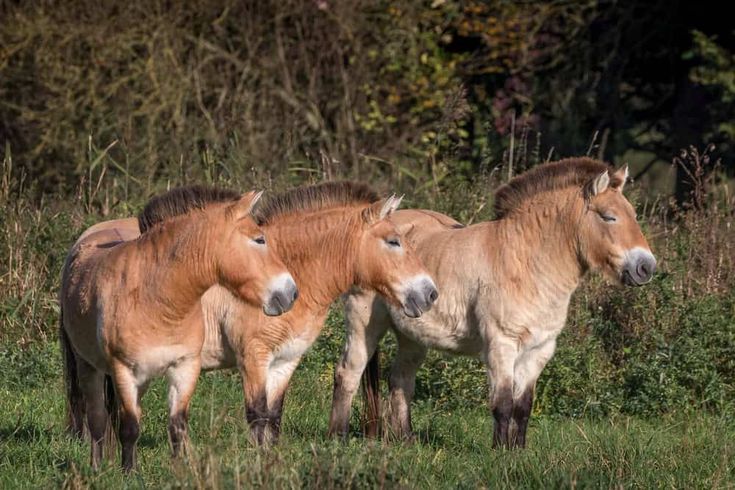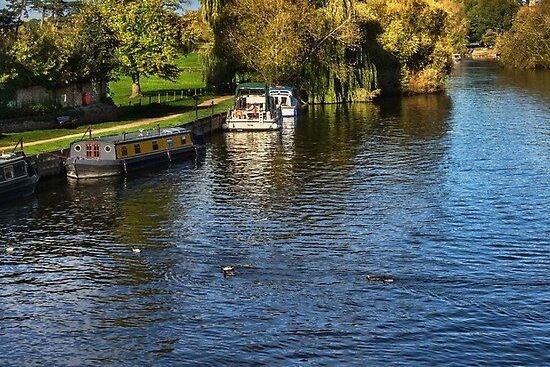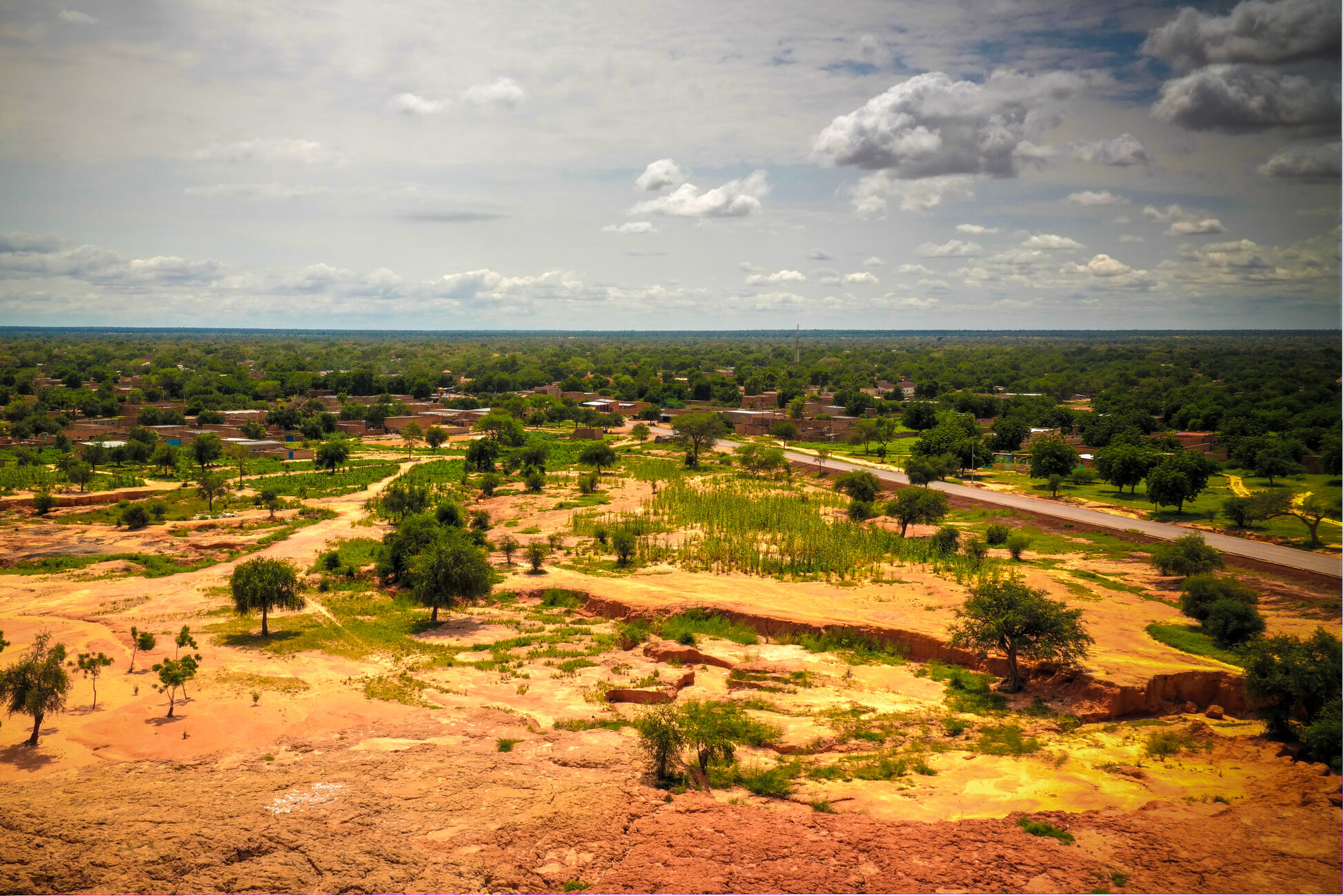1. Chernobyl Exclusion Zone, Ukraine

After the 1986 nuclear accident, humans fled Chernobyl and nature quietly moved in. That empty landscape is now home to wolves, boar, elk and deer living at levels equal to or higher than other protected forests. While radiation still affects some wildlife, experts confirm that the absence of hunters and farmers allows animals to thrive. This surprising rebound shows how removal of human pressure can radically alter ecological outcomes.
Field biologists from world‑class research institutions report that ecosystems are functioning in powerful ways once human activity is removed. To many scientists, Chernobyl stands as a rare natural laboratory for understanding long-term resilience under unusual circumstances. It is not a picture of pristine wilderness, but it is a hopeful example of how nature can recover even in landscapes overshadowed by disaster.
2. North Aral Sea, Kazakhstan
Once nearly drained by irrigation projects, the North Aral Sea looked lost. In 2005 the Kokaral Dam was built by Kazakhstan with support from the World Bank. Within months, water levels rose by more than ten feet and salinity dropped far enough for fish species to return. Fishermen gradually restored their boats and livelihoods along the shoreline. This coordinated effort shows how infrastructure and environmental science can work together to reboot ecosystems.
Over the next decade, fish harvests grew fivefold compared with years before restoration began. Local biologists and economists say that the project not only reinvigorated the aquatic ecosystem but also reconnected communities to a way of life that had vanished. It is a concrete example of how targeted action can bring back biodiversity and help people thrive again.
3. Loess Plateau, China
Once battered by centuries of overfarming and erosion, the Loess Plateau stood as a dry wasteland with little vegetation. In 1999 the Grain for Green program began, offering farmers payments to turn cropland into grass and forest. Over time, deep networks of terraces stopped topsoil from washing away, and trees and shrubs began to take root across the plateau. Local people saw rivers and springs flow again where once there was only dust.
By 2020 more than fifteen thousand square kilometers of forest and grassland had been restored. Satellite images show vegetation cover rising by around eighteen percent, while soil erosion reduced dramatically. Economists working with environmental scientists say that the restored land now supports more reliable agriculture and prevents flooding and sediment build-up downstream. It is a model example of how grassroots action and scientific guidance can revive a region once thought lost.
4. Yellowstone National Park, USA
When wolves returned to Yellowstone in 1995, the park’s ecosystem began a remarkable comeback. With their natural predator back in place, elk populations dropped, and their grazing habits shifted away from riverbanks. Willow and aspen trees began to regrow in places that had been overbrowsed for decades. In turn, beaver populations rose, creating ponds that benefited fish, waterfowl, and amphibians.
Ecologists observing rivers and valleys reported more balanced plant communities, improved soil stability, and richer biodiversity after the wolves were reintroduced. Specialists highlight this as a prime example of rewilding the top of the food chain to heal entire habitats. It showed that restoring one key species can ripple through landscapes in ways few had predicted.
5. Thames River, United Kingdom

By the 1950s the Thames was officially declared biologically dead. Sewage and industrial waste had nearly wiped out all life in the river. Starting in the 1960s, a series of clean‑up laws and modern sewage treatment plants began to turn the tide. Water quality improved steadily as pollutants were reduced, riverbanks were revitalized, and local communities engaged in restoration efforts.
Today over 125 species of fish swim in the Thames again. Otters slip silently beneath the surface. Seals and dolphins visit occasionally. Urban kayaking and fishing are now possible in central London. Conservationists credit strong regulations, local advocacy groups, and consistent investment for bringing the river back to life. It is an uplifting story of a polluted waterway reclaimed through determined human effort.
6. Appalachian Coal Mine Reforestations, USA
In the Appalachian region of eastern United States, coal mining left bare hillsides scarred by decades of extraction. In recent years, reclamation programs have replanted native hardwood trees like oak and maple on thousands of acres of former strip mines. Soil restoration techniques using compost and organic additions have helped these trees grow in places that once held nothing but rock and mining debris.
Studies by forestry researchers show that wildlife such as songbirds, small mammals and pollinators have returned to these new forests within a decade. The restored woodlands also help improve water quality by reducing runoff and erosion. Local communities benefit through new timber revenue, better watershed health, and recreational trails. These reforestation efforts are proof that even heavily disrupted landscapes can transform back into vibrant ecosystems.
7. Hula Valley, Israel
The Hula Valley was once drained to control malaria and convert wetlands into farmland. By the 1950s, the habitat was nearly gone, and native species vanished. But in the 1990s, Israel began restoring parts of the valley, reflooding selected areas to revive the ecosystem. Birdwatchers and conservationists flocked back when the migratory birds did, as thousands of cranes and storks began returning during seasonal migrations through the Rift Valley flyway.
Today the Hula Nature Reserve is home to hundreds of bird species, including rare pelicans and herons. The wetland also plays a vital role in filtering pollutants from nearby agriculture and preventing soil erosion. Ecotourism has grown, bringing new income to nearby communities. Scientists call it one of the Middle East’s most successful wetland restoration projects, showing how balancing ecological health with human needs can create a win for both people and wildlife.
8. Lake Erie, USA and Canada
In the 1960s, Lake Erie was widely declared “dead” due to algal blooms, industrial pollution, and oxygen-starved waters. Beaches closed, fish died, and tourism plummeted. International cooperation between the U.S. and Canada led to new pollution control measures, stricter wastewater standards, and phosphorous reduction. By the 1980s, fish populations started rebounding, and the lake slowly returned to life.
While challenges remain, including periodic algal blooms, Lake Erie now supports thriving fishing and recreational industries. Species like walleye and smallmouth bass are indicators of its revived health. Environmental experts emphasize that coordinated cross-border collaboration made the difference. Though vulnerable to setbacks, Lake Erie’s story remains a symbol of how joint action and clear goals can bring back biodiversity to large, shared ecosystems.
9. Gorongosa National Park, Mozambique
Mozambique’s civil war decimated wildlife in Gorongosa National Park. Elephants were poached, and lions disappeared. Forests were scarred by fire and farming. In the early 2000s, a public-private partnership between the Mozambican government and conservationists began reviving the park. Poaching was curbed, species reintroduced, and ecological monitoring ramped up.
Today Gorongosa is often called Africa’s greatest wildlife restoration success. Animal numbers have surged, and formerly absent species like wild dogs and pangolins are back. Scientists continue working with local communities to ensure conservation supports human development, too. Education programs, healthcare, and employment help ensure that people benefit from the park’s success. Gorongosa stands as a model for integrated conservation, one where nature and humans can recover together.
10. Great Green Wall, Africa’s Sahel Region

Stretching across the southern edge of the Sahara, the Great Green Wall is Africa’s boldest reforestation effort. Designed to combat desertification, the project spans over 20 countries with the goal of restoring 100 million hectares of land. Countries like Senegal, Ethiopia, and Niger have planted millions of trees, improved farming practices, and stabilized once‑eroding landscapes.
So far, over 20 million hectares have been restored, improving food security and supporting biodiversity. Native plants like acacia trees help anchor soil and capture moisture, while restored vegetation supports bees and pollinators. Experts see the project as a beacon of climate resilience, with the added benefit of creating green jobs. It is not just about fighting the desert; it’s about empowering communities and reviving ecosystems in one of the world’s most fragile regions.
